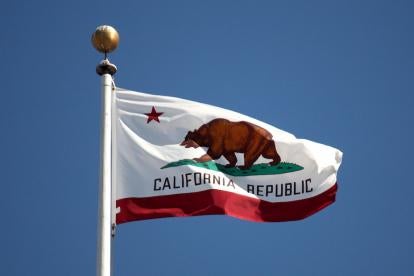The California Office of Environmental Health Hazard Assessment (OEHHA) just posted a new Question and Answer document on how the Modified Proposition 65 Clear and Reasonable Warning regulations apply to businesses.
Proposition 65—also known as the Safe Drinking Water and Toxic Enforcement Act of 1986—prohibits knowingly exposing any individual to a listed chemical without first providing a “clear and reasonable warning” to such individual. Warnings are required for exposures in excess of a safe harbor level for consumer product, environmental, or occupational exposures. Of note, “food” is included in the definition of “consumer products” in the new Proposition 65 Clear and Reasonable Warning requirements (see Title 27 California Code of Regulations, Article 6).
The Q&A document addresses:
- Consumer Product Exposure Warning Methods and Content;
- Environmental Exposure Warning Methods and Content;
- Occupational Exposure Warnings; and
- Responsibility to Provide Warnings
In addressing who is responsible for providing a warning, OEHHA’s regulations place primary responsibility for providing warnings on product manufacturers, producers, packagers, importers, suppliers, or distributors. The Q&A document explains that the retail seller is responsible for placement and maintenance of warning materials provided by the product manufacturer, producer, packager, importer, supplier, or distributor. A company that does not sell directly to retailers has two options for compliance: (1) label the product with the required warning, or (2) provide the warning notice that is passed along the supply chain and ultimately reaches the consumer.
Notably, the methods and content described in the Proposition 65 modified Clear and Reasonable Warning regulations are not legal requirements. Rather, they have been deemed by OEHHA as being clear and reasonable and, thus, if used in the manner described in the regulation L provide a safe harbor against an enforcement action. Businesses may choose to use other methods and content not prescribed by the regulation, but might have to defend the warning in legal proceedings, if challenged.



 />i
/>i


